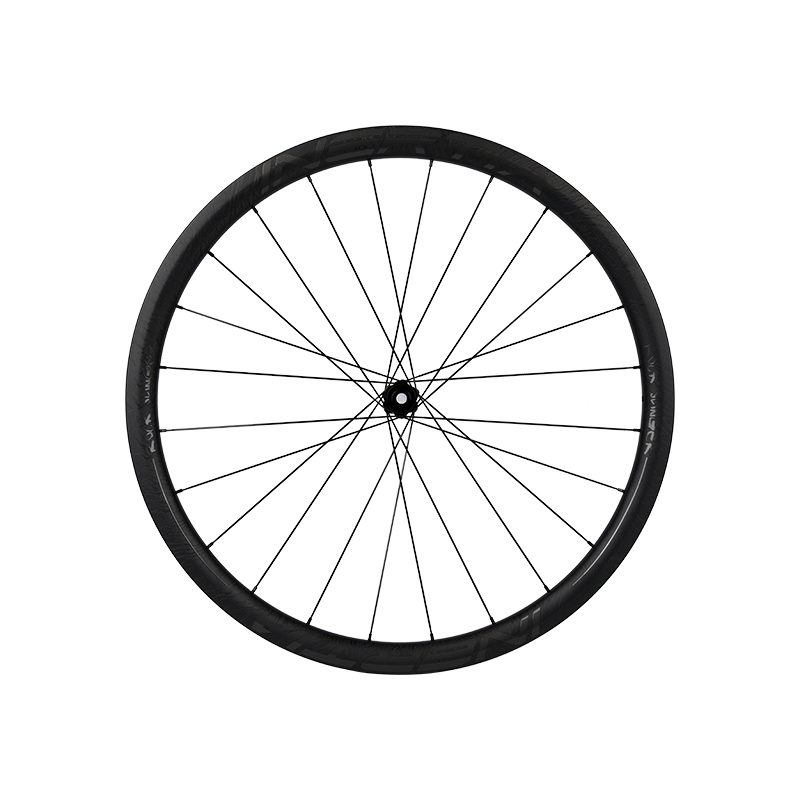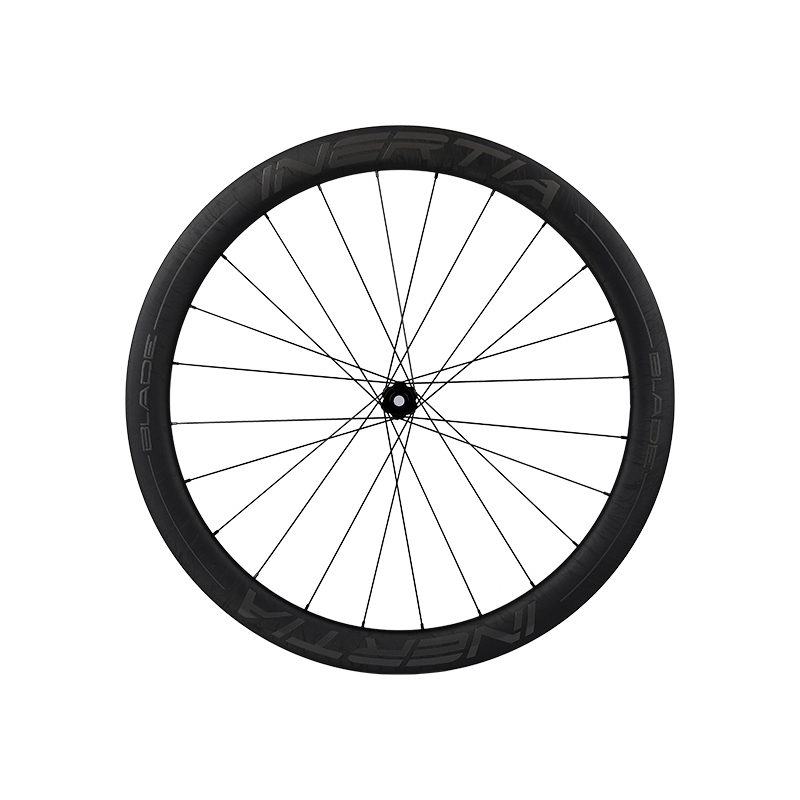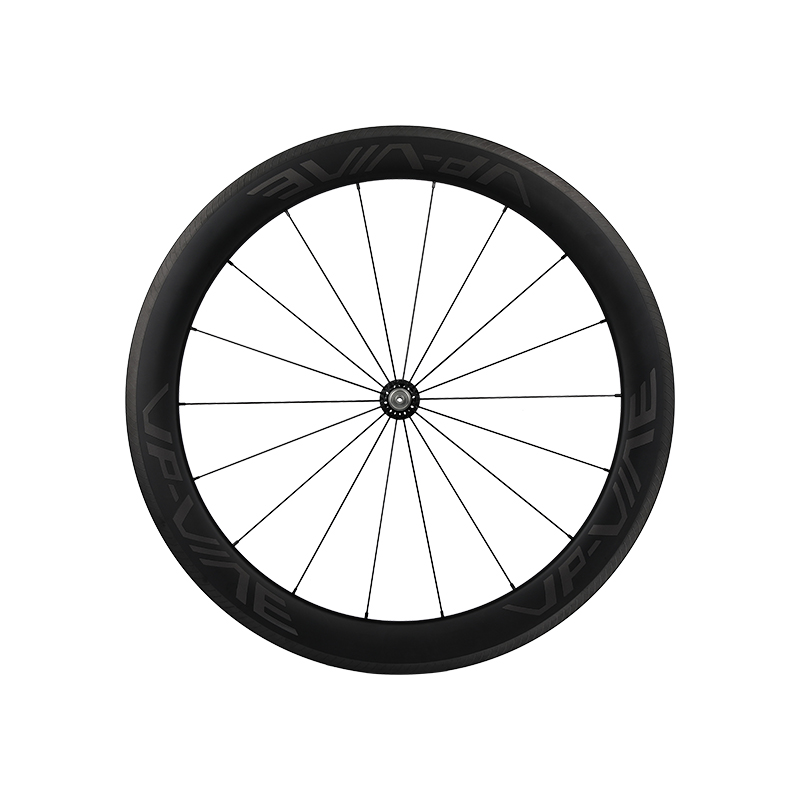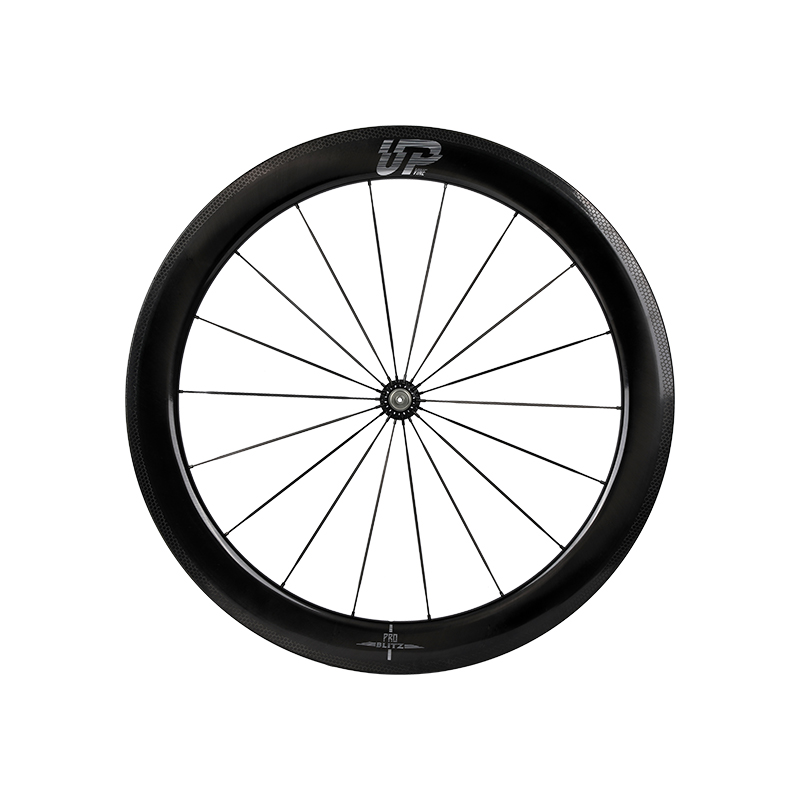Truing a bicycle wheel involves adjusting the tension of the Bicycle Wheel spokes to correct any lateral or radial deviations, ensuring that the wheel runs straight and true.
Tools you'll need:
Spoke wrench: A spoke wrench that fits your specific spoke nipples.
Wheel truing stand: A truing stand makes the process easier, but it's possible to true a wheel using the bike frame as a reference point.
Step 1: Mount the wheel:
If using a truing stand, securely mount the wheel into the stand. If not using a stand, ensure that the wheel is installed on the bike, with the bike upright or flipped over.
Step 2: Identify the problem areas:
Spin the wheel slowly and observe any lateral (side-to-side) or radial (up-and-down) deviations. Identify areas where the rim is closer to one side of the brake pads or where it wobbles.
Step 3: Adjust lateral deviations:
To correct lateral deviations, tighten the spoke nipples on the side where the rim is closer to the brake pads.
Use the spoke wrench to turn the nipple clockwise in small increments (typically 1/8 or 1/4 turns).
To loosen or decrease tension on a spoke, turn the nipple counterclockwise.
Make adjustments to the specific spokes that connect to the problem area. For example, to correct a deviation on the right side of the rim, adjust the right-side spokes.
Step 4: Adjust radial deviations:
To correct radial deviations, tighten or loosen the appropriate spokes evenly to raise or lower the rim as needed.
For example, if a section of the rim is too close to the brake pads, tighten the spokes evenly around that area.
To decrease tension and raise the rim, loosen the spokes evenly.
Step 5: Recheck and repeat:
After making adjustments, spin the wheel again to check for improvements.
Continue making small adjustments as needed, addressing problem areas until the wheel runs as straight and true as possible.
Be patient and make incremental changes to avoid over-tightening or loosening the spokes.
Step 6: Final tensioning:
Once the wheel is trued, check the overall spoke tension.
Give each spoke a gentle squeeze between your thumb and index finger to assess the tension. Ideally, they should have similar tension and feel firm but not overly tight.
Make slight adjustments to individual spokes as necessary to balance the tension.



 Español
Español













